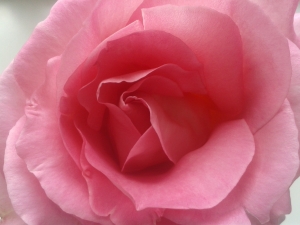I went to a Nia class this week. Nia is a fusion fitness dance class that combines dance with other healing arts. I felt a bit vulnerable as I stepped on the dance floor. Dancing is not something that I often do except at a wedding or at a formal dance when I was at University. I have no dancing background. This was something new. In stepping on the dance floor I stepped out of my ‘box’ and opened myself to a new experience.
At the beginning my ‘inner judge’ was quite strong. Telling me that I’m not good at this, not in tune with the music or my steps are out. But the more I followed the rhythm of the music I sensed how my body was awakening. My ‘inner judge’ was slowly moving backstage while my ‘inner child’ took up centre stage. Then the magic happened. I was able to tune into my body and expressed the emotions I was feeling in each dance move. I was angry, happy, gentle and seductive… I felt liberated!
Dancing has been part of us since the birth of the earliest humans. It plays an important role in celebrations, entertainment and rituals. Dance as a method of giving form to the unconscious was first introduced in a paper by Jung in 1916. Years later Mary Whitehouse developed dance as a form of psychotherapy in 1960. Since then much research has been done in this field. Studies have shown that dance can improve your physical and mental health. When we dance mindfully the body, mind and soul connect and we realise that we all have a unique creativity waiting to be expressed.
Mary Whitehouse wrote that ‘Movement, to be experienced, has to be ‘found’ in the body, not put on like a dress or coat. There is that in us which has moved from the very beginning: it is that which can liberate us’. (1963/1999, p. 53)
When last have you just played your favourite song and danced to it? Just allowed your body to move to the music? I ask you to join me with the lyrics of David Bowie’s song ‘Let’s dance put on your red shoes and dance the blues’.



